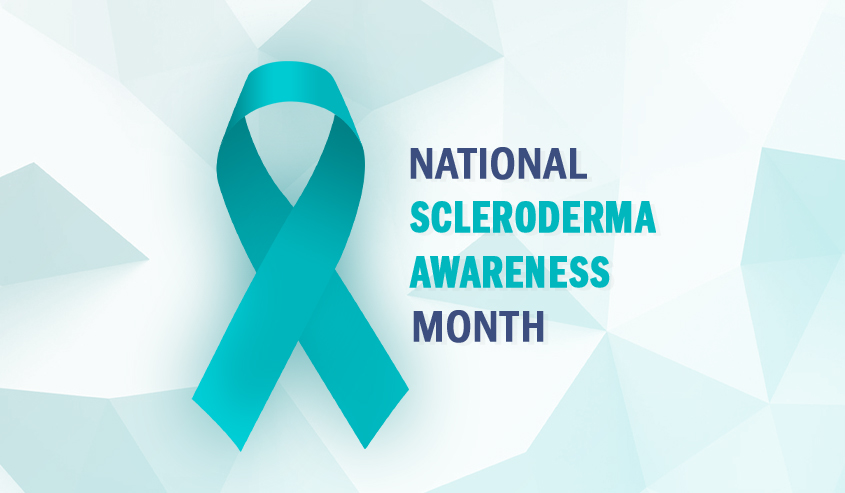
Scleroderma, otherwise known as systemic sclerosis, is actually a group of chronic diseases that affect the skin and connective tissues. An estimated 300,000 people in the United States have the disease. It typically affects women more than men and usually occurs between the ages of 30 and 50.
Many people have never heard of scleroderma, so if you have become newly diagnosed, it can be concerning and overwhelming. Scleroderma symptoms can be mild to severe so getting the right diagnosis and treatment as soon as possible can decrease any long-term damage.
Two Classifications
There are two main classifications of scleroderma, each one having its own characteristics and prognosis. In some, the disease only affects the skin and with others, it can affect other systems such as blood vessels and internal organs.
Symptoms of scleroderma can vary depending on the type and the area of the body that is being affected:
- Skin – hardening and tightening on areas of the skin that can cover wide areas of the body
- Toes and fingers – this is an early indicator of what is called Raynaud’s disease that causes blood vessels to contract in response to stress and cold temperatures.
- Digestive system – depending on what area of the digestive tract is affected, symptoms can range from difficulty swallowing to cramping of the intestines. This can also affect the absorption of nutrients.
- Other organs – the lungs, heart, kidneys or other organs can be affected and, if left untreated, can become life-threatening.
Because scleroderma can affect many different parts of the body, diagnosis can be difficult. In order to make a proper diagnosis, a doctor may call for different tests to be conducted. One of these is a pulmonary function test or PFT.
How Does a Pulmonary Function Test Detect Damage From Scleroderma?
In the case where scleroderma may be affecting the lungs, a pulmonary function test can measure how well the lungs are functioning or whether the disease has spread to the lungs.
Scarring and inflammation can cause alveoli in the lungs to become thicker than normal which can increase the pressure in vessels between the lungs and heart. This condition, called pulmonary arterial hypertension, can lead to shortness of breath, chest pain and can eventually lead to heart failure. PAH is a rare condition but more common with people who have scleroderma. Early detection and treatment can slow the progression.
Treatments and Medications
There is no cure for scleroderma but there are treatments and medications available that can ease its symptoms and improve the quality of life for sufferers.
- Steroid based creams or pills can help with joint swelling. They can also slow new changes in the skin.
- Blood pressure medications can serve to dilate blood vessels for better organ function.
- Medications that help suppress the body’s immune system can help reduce symptoms.
- Antibiotic ointments can help prevent skin infections caused by Raynaud’s disease.
- Flu and pneumonia vaccines can help protect lungs that have been damaged.
If your doctor has called for diagnostic tests to help diagnose your symptoms of scleroderma, we would be happy to answer any questions you may have. Call us at Vital Imaging (305) 596-9992.
